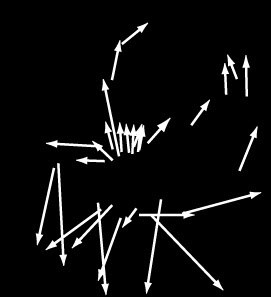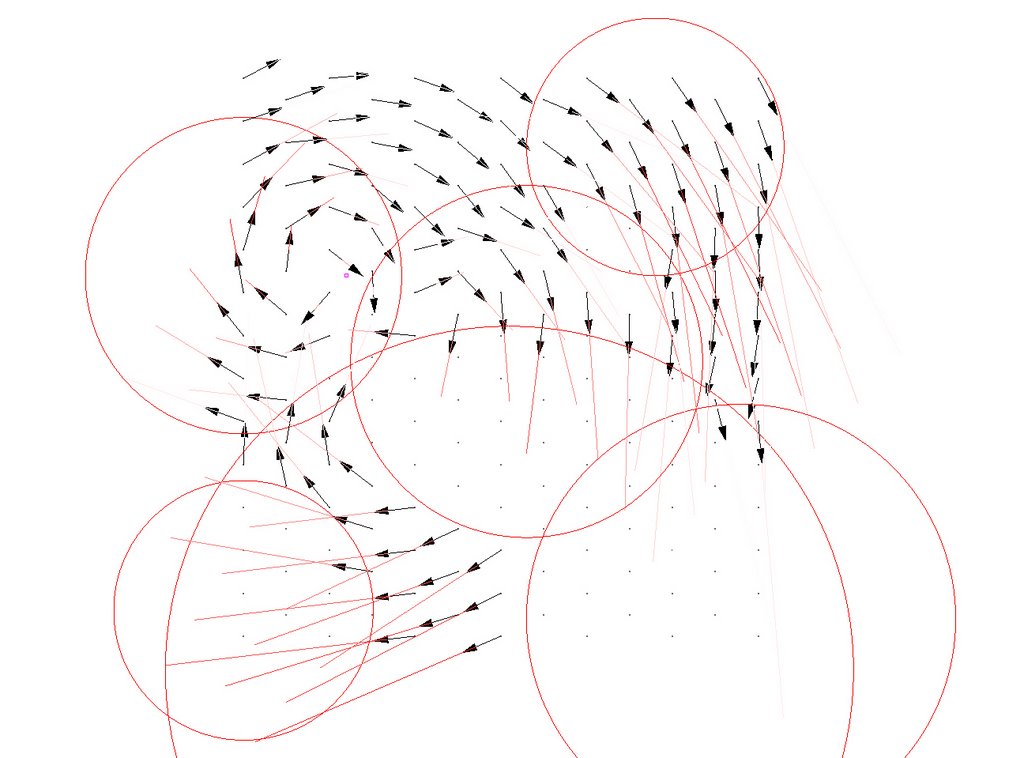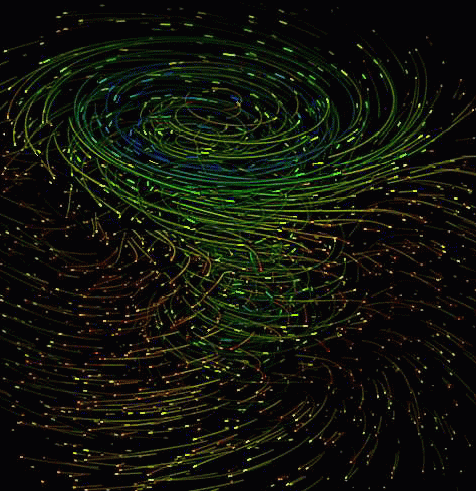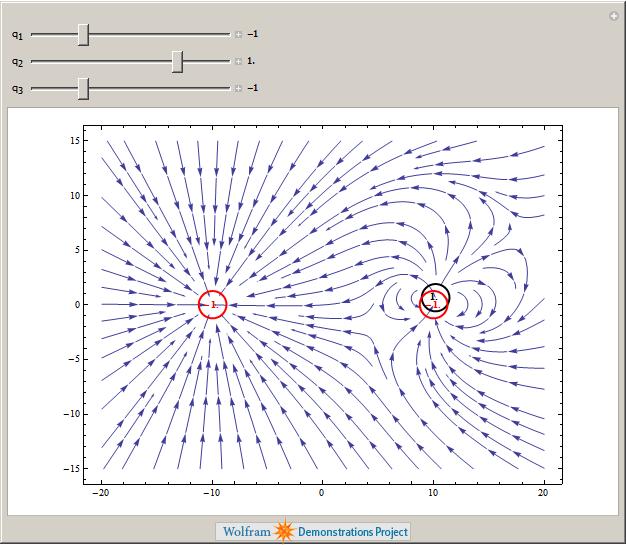Vector fields pervade. I think about them every time I throw a frisbee in wind.
In a social context, I think about vectors of intent attached to people talking at a party – vectors of flirtation, vectors of eye movement and attention, and more abstract vectors representing jokes, topics of discussion, dance moves, or songs that are playing.

Also when I’m thinking about international trade or just the local flows of money in my community, it’s natural to use the vector-field metaphor to “see” the flows.
I also think of history (at different scales) using vector fields. Wars are like nation-states or soldiers aiming weapon vectors at each other. Commerce has many more dimensions since goods and money are both multi-dimensional. Ideas and culture also transmit in a vector-field-like way. Epidemics – well, there’s a reason mosquitoes are referred to as disease vectors.

Information flows, thoughts, internet bits – anything that can be characterised as a vector, you can expand that thought into a more complicated vector-field thought. Turbulent versus laminar flows of ideas and culture? Maybe it wouldn’t deserve a research grant but it’s fun to think about.

There are pretty obvious physical examples of vector fields – rivers, wind, geological eroding forces, magnetism, gravity, flying machines, bridge engineering, parachute design, weather patterns, your entire body as it does martial arts or dances. Being measurable, these are the source of most of the neat vector-field pictures you can find online.
(Or you find programmatically simple theoretical vector fields like the above: a vector facing [−y,x] is attached to every point (x,y). So for instance the point (3,4) has a pointer going out −4 south and 3 east, which equals a total force of 5.)

The same metaphors and visualisations, though, are open to interpretation as social or economic variables too. For example a profitable business is more of a “sink” or attractor for 1-D money flows, while a benefactor is a “source”. Likewise a blog that receives lots of links and traffic is a 2-D attractor on the graph of the web – and Google recognises that as PageRank.

I know of at least one paper that tries to best economists’ utility theory models by imagining a person on a 1-D vector field, trying to avoid minus signs and find a path to plus signs in the space.
There is also a game theory connection. Basins of attraction can draw you into a locally optimal place that is not globally optimal. You can imagine examples in the evolution of animals, in company policies or business practices, or in whole economic systems.


On the one hand it may seem frivolous or crackpottical to generalise these concrete physical concepts to the social or psychological. On the other hand – that’s the power of the generality of mathematics!

Vector fields are surfaces or spaces with a vector at each point. That’s the mathematical definition.







